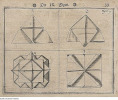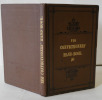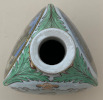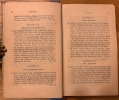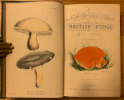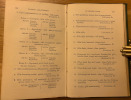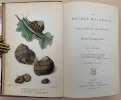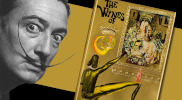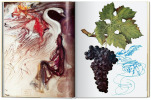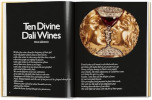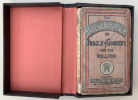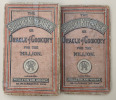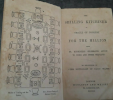THE LONDON COOK
OR The whole ART of COOKERY made easy and familiar. CONTAING A great Number of approved and practical RECEIPTS in every Branch of Cookery. VIZ. Chap. 1. Of Soups, Broths and Gravy.11I. Of Pancakes, Fritters, Possets, Tanseys, &c. 111. Of Fish. 1V. Of Boiling. V. Of Roasting. V1. Of Made-Dishes. V11. Of Poultry and Game. V111. Sauces for Poultry and Game. (with two up and down separating parallel lines) 1X. Sauces for Butcher's Meat, &c. X. Of Puddings. X1. Of Pies, Custards, and Tarts, &c. X11. Of Sausages, Hogs-Puddings, &c. V111. Of Potting and Collaring. X1V. Of Pickles. XV. Of Creams, Jellies, &c. XV1. Of made wine. (a single horizontal line) By WILLIAM GELLEROY, Late Cook to her Grace the Dutchess [sic] of Argyle. And now to the Right Hon. Sir Samuel Fludger, Bart. Lord Mayor of the City of London. (a single horizontal line). To which is prefixed, A large Copper-Plate, representing his Majesty's Table, with its proper Removes, as it was served at Guild-Hall, on the 9th of November last, being the Lord Mayor's Day when His Majesty, and the Royal Family, did the City the Honour to dine with them, and wrere highly pleased with their Entertainment. (two single horizontal lines). LONDON: Printed for S. Crowder, and Co. at the Looking-Glass; J. Coote, at the King's-Arms, in Pater-noster Row; and J. Fletcher, St. Paul's Church-Yard. MDCCLX11.
FIRST EDITION. 1762. 8vo, 195 x 118 mms. 1 fep. Frontis of a large folding engraved plate measuring 260 x 340mm, of His Majesty's Table at the Guild Hall on Wednesday 9th November 1762, repaired on verso. Title Page. [1] (1)-iv. To the reader. 4p King & Queen & Royal Families Banquet dishes. (14) Contents. (1)2-486. 2p Advertisements. 1fep. Contemporary speckled brown calf rebacked. Raised bands between gilt rules on spine. Black morocco label. A very good copy.
- A.W. Oxford thinks this is a very good book and commends it for being the first for having a modest preface. Fortunately it has the large folded plate of the King's table as the frontispiece. It appears from auction and dealer's records that it is often missing. William Gelleroy describes himself on the title-page as "Late Cook to her Grace the Dutchess [sic] of Argyle. And now to the Right Hon. Sir Samuel Fludger, Bart. Lord Mayor of the City of London." "Fludger" is in fact Sir Samuel Fludyer (1704 - 1768), one of London's foremost merchants who left an estate valued at £900,000 at his death; an astonishing £176,623,969 in 2020. (we can assume that Gelleroy must have been well paid) There are in his book a number of curious recipes. For example, Lambs Ears fried: "Take twelve lambs ears, prepared as mentioned in the Bechamel of lambs ears; when drained and wiped dry, fill the insides with a fine force-meat, roll them in the yolks of beaten eggs, and strew them with the crumbs of grated bread; fry them of a fine brown in hogs-lard, and serve them with a brown coullis sauce, and the juice of an orange or lemon." From the Cookery book collection of Ruth Watson. A very scarce book. ESTC T63887; Bitting p.179; Maclean p.56; Oxford p. 92; Simon BG 740.

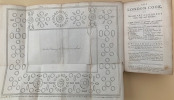




click on image to enlarge

Antiquarian category
ref number:
11292 


